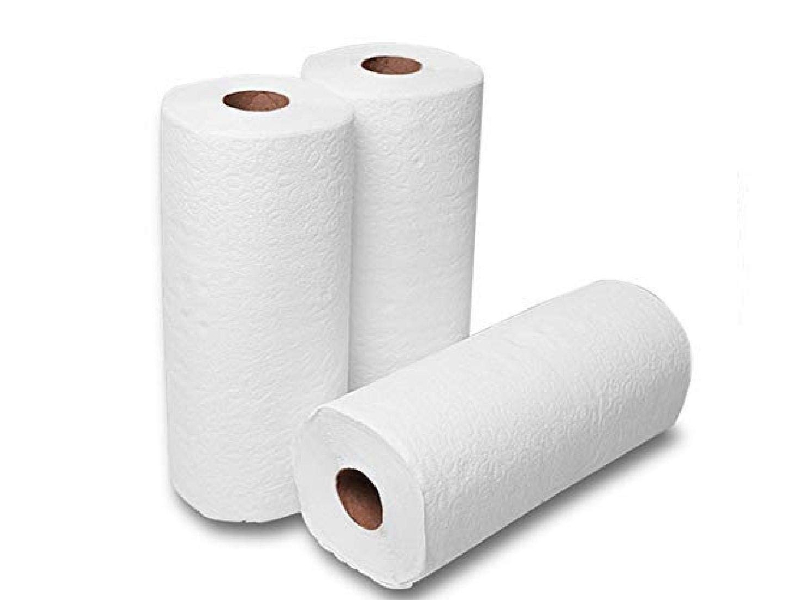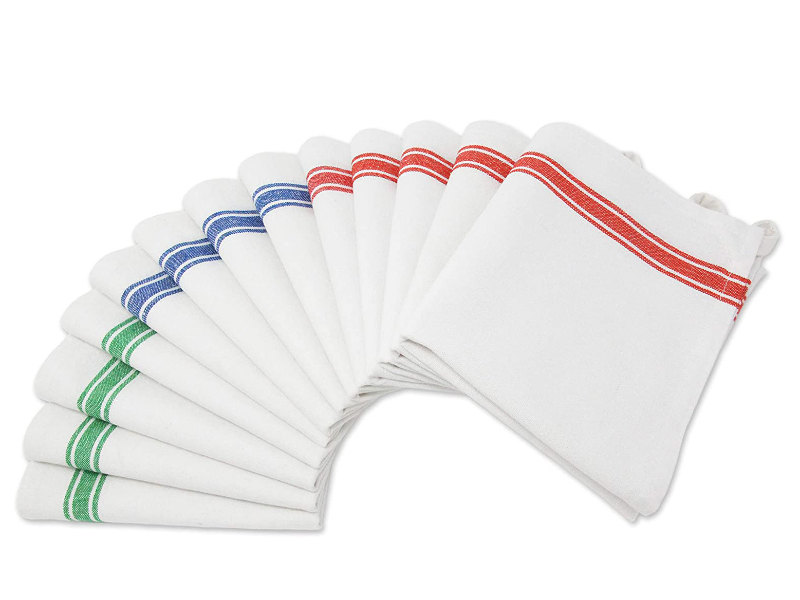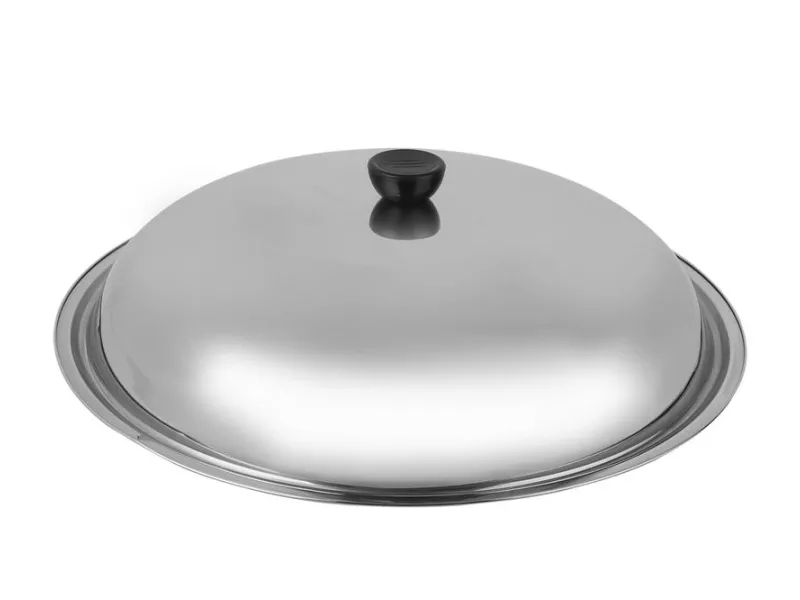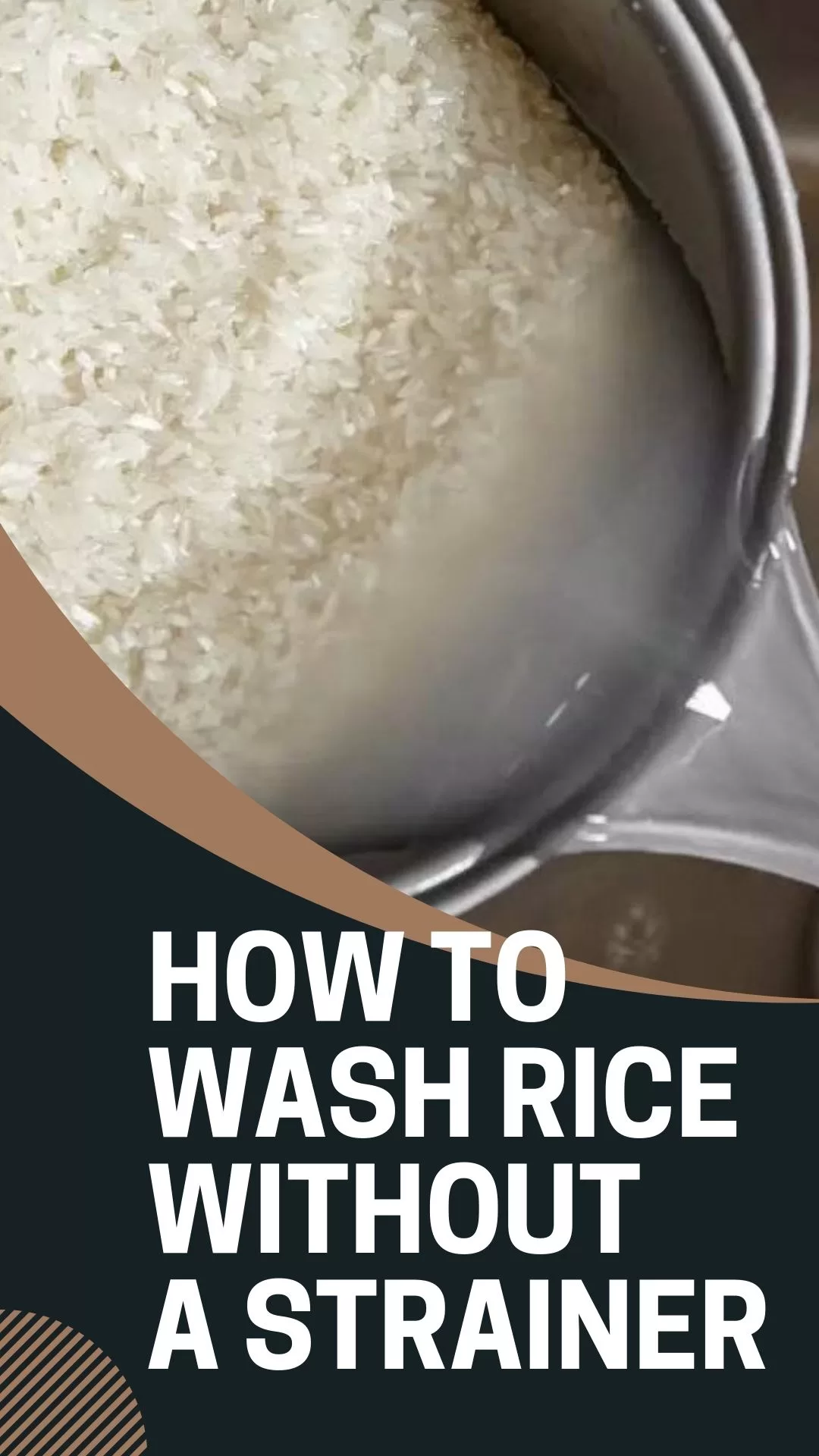Rice is the most versatile grain commonly prepared in every household. In fact, rice is considered a staple food.
Cooking rice is very simple, and you need to wash rice before cooking. The process is to clean rice with water, rinse rice, drain rice, add tap water, and then you’re all set.
Washing rice before cooking is also the key to have a fluffy rice texture once it’s cooked. Apart from that, cleaning the uncooked grains should remove dust and starch that makes the rice sticky while cooking.
But there are times that you misplace some things in the kitchen. So if by instance you’re about to clean your rice but the strainer is missing, you can still continue by using the alternatives mentioned below.
HOW TO CLEAN RICE WITH BARE HANDS WITHOUT A FINE MESH STRAINER
The very first thing you do when cooking rice is to wash the rice to remove impurities and dirt. And the easiest way to clean the rice without a strainer is by using a large rice bowl with your bare hands. Here’s what you need to do:
1. In a large rice bowl, pour the rice. Then add enough cold water to the bowl. Completely submerge the rice into the water. You can use the ratio of 3:1, 3 cups of water for 1 cup of rice.
2. Once the rice is completely submerged, gently stir the rice using your clean hands in a claw shape. Rub the grains and gently swirl to rinse.
3. When you see cloudy water, this means the excess starch is already coming off the rice. Gently pour the water out, fill the bowl with water again to soak the rice. Rinsing rice for at least 3 times while doing this step should be enough to remove starch and dirt.
Whenever the rice is already clean, transfer it to a rice cooker or whatever kitchen equipment you’ll use in cooking rice.
NOTE: You’ll know if the rice is thoroughly cleaned when the water runs clear already. If you see a starchy water after cleaning the rice, you’ll need to wash it again.
6 DIFFERENT WAYS TO WASH RICE WITHOUT A STRAINER
Thorough washing rice with bare hands is the perfect way to clean rice. However, some raw grains might be wasted if you drain the rice without a strainer. So if you find it inconvenient to clean rice with bare hands without a strainer, we have other methods you can try to remove starchy water from the raw rice before pouring another clean water and proceed cooking the rice. ( You can also use these methods to strain water from cooked rice).
Scroll down.

PAPER TOWELS
If you don’t have a fine mesh strainer while washing rice, you can use paper towels to strain the rice grains and remove excess water, dust, and starch. Make sure to use the bleach-free and heavy duty paper towels.
Though considered as an unconventional method, this alternative is proven effective. Here’s what you need to do:
– Tear off at least 7 paper towels off the roll. Do it simultaneously.
– Roll the paper towels lengthwise and cover the bowl. Slowly pour the rice into the bowl over the paper towels.
– Grab both edges of the paper towels and slowly lift the rice grains and transfer to a different bowl or rice cooker.

DISH TOWEL
Another way to strain uncooked rice without a mesh strainer is by using a kitchen dish towel. Make sure to use a large dish towel as it will sink into the bowl while pouring the rice.
Here’s what you need to do:
– Position the dish towel on top of the large empty bowl.
– Slowly pour the pot with the rice into the bowl and make sure that the rice grains go on top of the towel.
– Grab both edges of the towel after pouring all the rice into the large bowl and allow the water to drain.

LARGE SERVING SPOON
Another easy way to strain rice grains is through the use of a large serving spoon. The process of rinsing rice and straining is a bit lengthy compared to other options, but it’s a guarantee that you’ll be able to separate grains from surface starch and dirt.
Before you start, place the pot near the sink. Then place the other bowl (where you’ll transfer the cleaned rice) inside the sink. And do these:
– Slowly tilt the large serving spoon to the side, hold on the side of the pot for a couple of seconds to strain the water.
– When you notice the water has drained and you’re able to strain rice properly, scoop the rice grains and transfer to the bowl.

COFFEE FILTERS
If by instance you have disposable filters at home, you can use these to strain uncooked rice. Here’s how it’s done:
– Place two or three coffee filters in a large bowl.
– Get another bowl to where you transfer the cleaned and strained rice. Then set aside.
– Take the bowl with coffee filters and place it in the kitchen sink.
– Take the pot with uncooked rice and slowly pour inside the bowl until it reaches around 3/4 above the filter. Then grab filters with your both hands and lift them out.
– Make sure to strain the remaining water before pouring the cleaned rice into the spare bowl.

COOKING POT LID
Another way to strain rice without a strainer is by using a cooking pot’s lid. Use a large lid to cover the pot to where you pour the rice from. To use this method, follow these:
– Put the lid opposite the top edge of your pot. Use pot holders or oven mitts to grip the pot handles.
– Gently tip the pot to the sides for the water to start to pour out from the sides. Doing so should avoid the rice being poured out too. Do the process until the water runs clear.
NOTE: Securely grip the pot handles to avoid dropping the lid in the sink.

CHEESECLOTH
One of the most effective ways to strain rice when washing it without the use of a strainer is by utilizing a spare cheesecloth. This kind of cloth is absorbent and way finer than a fine mesh strainer. Thus, cheesecloth should be able to drain starchy water and the water runs clear.
– Wrap around the cheesecloth above the rice pot.
– Slowly tip the pot over into the kitchen sink.
– Wait until the water is completely strained.
Alternative, you can use a Lewis bag or any mesh bag to do this method.
NOTE: If you’ll use this method with your cooked rice, make sure to use oven mitts or pot holders.
REMINDER:
When washing rice mushy types of rice dishes such as rice pudding, sticky rice desserts, and risotto, the water won’t run completely clear even after washing rice a couple of times. But be assured any impurity and dust will be removed by the process.
So basically, the above-mentioned options are the best alternatives you can use whenever you don’t have a strainer.
Might as well try the easiest way to cook rice on a stove. Here’s the complete recipe:
EASIEST WAY TO COOK RICE IN A STOVE
COOKING TIME: 5 MINUTES
EQUIPMENT: STOVE
SERVINGS: 6
INGREDIENTS:
- 3 cups of rice
- 3 cups of water
INSTRUCTIONS:
- Fill the pot with water and bring to a boil.
- Add the cleaned rice. Gently stir.
- Remove the pot from heat.
- Wait for 5 minutes or until the water is completely absorbed. Fluff rice with a fork.
FREQUENTLY ASKED QUESTIONS
The effective way of rinsing rice is with the use of a fine mesh sieve. Place the uncooked rice in a large bowl. Add water and rub the rice in the water using your clean hands. When the water becomes cloudy, strain the rice using a fine mesh sieve. Repeat rinsing until the water runs clean.
You can leave the rice in the mesh sieve for 30 minutes or until it’s completely dry. This helps to have an even texture of your rice when cooking.
When rinsing the rice in a bowl to remove starchy coatings and dirt, it is recommended to use cold water.
Yes, You can definitely drain water from cooked rice. In a bowl filled with rice, pour enough cold water to completely submerge the rice. Gently agitate the rice around using your clean hands in a claw shape. Then pour the starchy water as needed.

